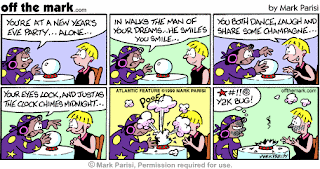
Email has always been seen as a limiting factor in CMC because of its asynchronous nature. According to the Feature-based approach, deception is easier with email because it reduces non-verbal cues. The Media Richness Theory states that people choose to use email when they have a difficult task, such as lying or telling someone “bad news”. Sending email used to be a good strategy to use if talk FtF with someone is feared due to a potentially intense and immediate reaction.
Communicating over the internet has become a much richer media due to its increasing synchronicity. However, this may not always be beneficial as many problems arise when you are always available. When someone would send an email, a response would not be expected for a few days. For many, it was a less frequent task then checking physical mail (if you don’t remember, mail is delivered to your house in envelopes). After hitting the send button, who knew when it was delivered, realized, and read. Now, when someone sends an email if there isn’t a response in less than 3 hours they feel personally insulted.
Another problem with asynchronous email capabilities is its new nature of fast-paced communication. When you get an email regardless of where you are or what you are doing you must respond immediately. Interruptions through-out the day from the virtual world are creating a stressful reality. Where is the Leviathan telling society the appropriate times to answer a phone call or email? It is easy to examine Leviathans online, and even those observed in person. But wouldn’t it be a breech to privacy if people were told when and when not to use their telephones? This is going to become a big issue in society because it is the equivalent of telling people when they are allowed to speak.
Through the development of social norms relating to PDA usage, a Leviathan will develop and people will learn the respectable techniques of checking and responding to emails. People will adapt their communication skills so that they can use this technology to its greatest advantage.
 South Korea
South Korea




